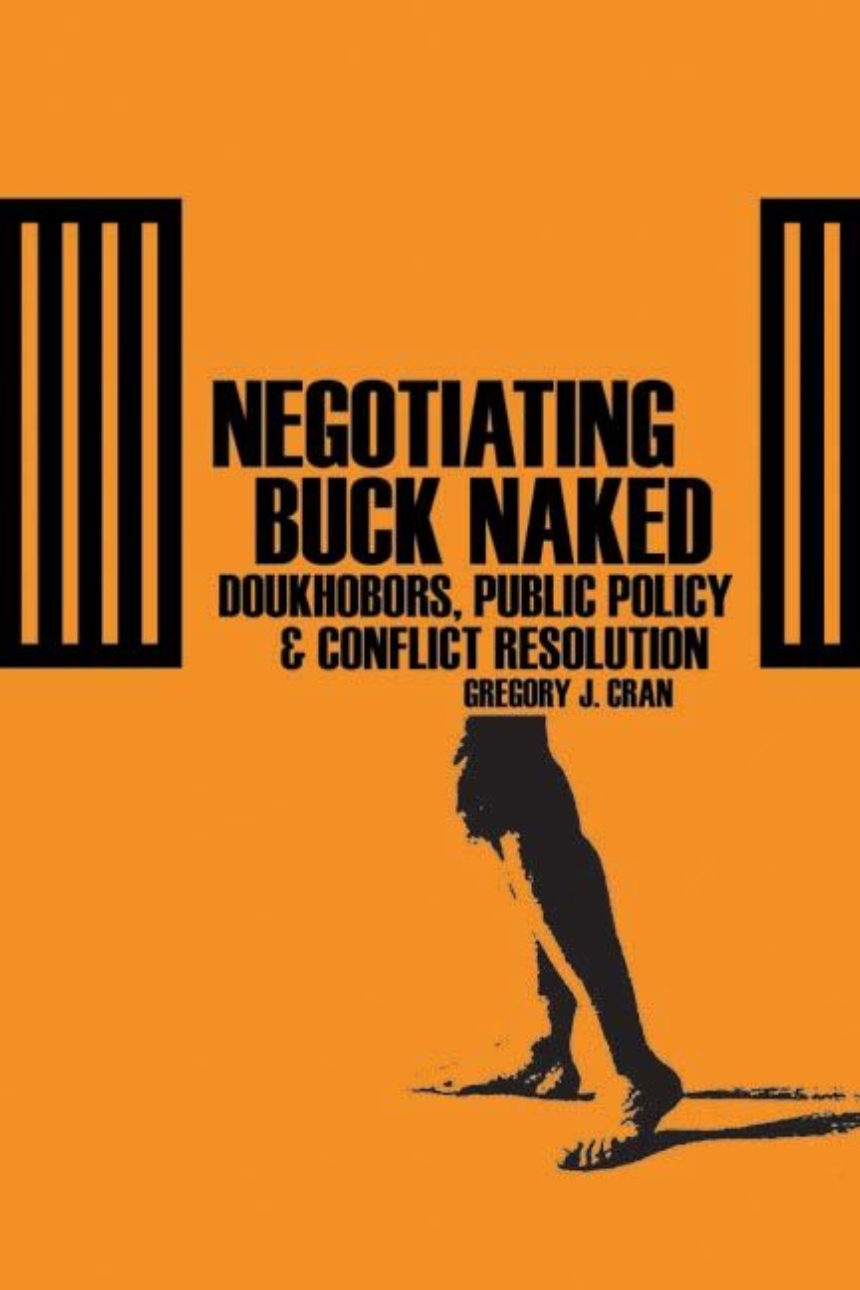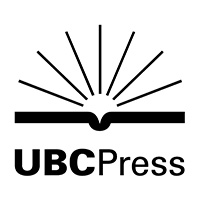University of British Columbia Press
Negotiating Buck Naked
Doukhobors, Public Policy, and Conflict Resolution
9780774812597
Distributed for University of British Columbia Press
Negotiating Buck Naked
Doukhobors, Public Policy, and Conflict Resolution
Negotiating Buck Naked examines the accord closely. Why did the violence end? How was the accord reached? What factors enabled it to succeed when numerous other interventions had failed? How did it change the patterns of conflict between the factions? To answer these questions, Cran develops a theoretical framework for understanding the process of dispute resolution, emphasizing that competing discourses are juxtaposed and that it is these different but equally valid narratives that must be negotiated. Using this approach, Cran extracts from the Doukhobor conflict valuable lessons for understanding the nature of both terrorism and hegemonic practices, and traces how we view conflict and intervention from a Western perspective.
192 pages | © 2006
Table of Contents
Acknowledgments
Organizations and Acronyms
1. Introduction
2. Deconstructing the Discourse of Conflict and Culture
3. Auto-Narrative
4. Competing Narratives
5. Negotiating a New Narrative
6. Rendering the Past into Meaning
7. Turning Points of Reason
8. Conflict and Terrorism: Lessons for the Practitioner
Appendices
A. Survey of Bombings and Burnings
B. Doukhobor Groups and Representatives
C. EKCIR Members
D. Rules of Procedure Notes References Index

